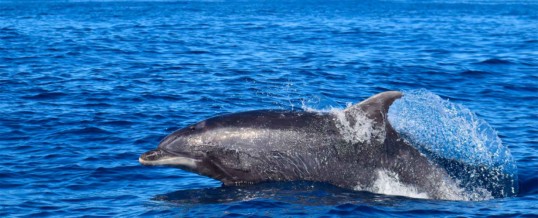
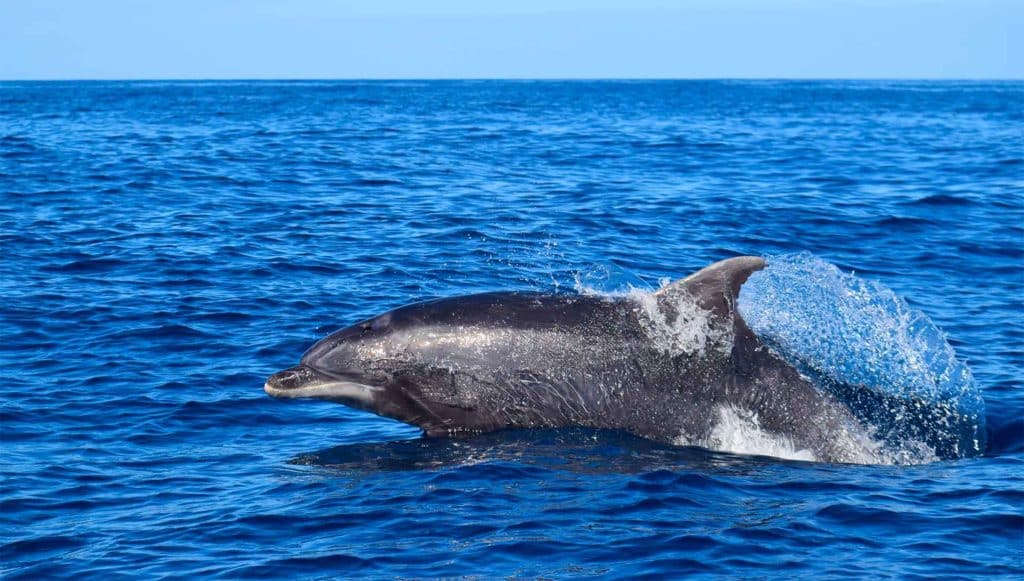
The Canary Islands chain is one of a group of five situated in the central Altantic Ocean. The others are the Azores, Madeira, the Savage Islands (part of the Madeira Autonomous Region) and Cape Verde. Collectively, they are known as Macaronesia, which is Greek for “islands of the fortunate”.
Tenerife, the biggest island of the Canary archipelago, is one of the best places in the world for biodiversity in its waters and one of the best places in the world to do whale watching. So, if you are looking for a whale watching tour in the Canary Islands, Tenerife is the place for you.
Do to its privileged geographic location in a sub-tropical area, Tenerife is expose to Trade winds from North-East and the encounter of warm currents with the cold waters of the upwelling from the African coast, promote hight level of endemism and biodiversity in a such small area. Beside the geographic location, another important factor is the volcanic structure of the island. The big trench in between Tenerife and La Gomera, with 2000m of depth is the best area for nutrients and food for the wildlife of the island.
What kind of marine species you can observe in the Canary Islands?

The coastal waters surrounding the Canary Islands are very rich in marine life. In Tenerife we can find around 730 native fish species, like sharks, sharks rays, scorpionfish, triggerfish, sea cucumber, sea urchin, starfish, and other marine life forms; fours species of sea turtles, Green sea turtle, Hawksbill sea turtle, Leatherback sea turtle and the most observe the Loggerhead sea turtle that.
Among twenty-eight species of cetaceans that we can observe in Tenerife, definitely the most popular are the Pilot whales and the Bottlenose dolphins that are considered our resident species. You can also be witness of some migratory species that come along the souther coast of Tenerife: Atlantic Spotted dolphin, Common dolphins, Striped dolphins and some baleen whales; Bryde´s whale, the most common and the second largest in the world, Fin whale.
What species of whales and dolphins you can watch in Tenerife?
In between the Cetaceans the most popular in the area are our resident:
- Pilot Whales with the biggest resident population in the world, 300 individuals, that we can find around 1 mile away from the coast
- Bottlenose dolphins that live along the South-west coast of Tenerife all year round
In this article we will have a small overview of our Bottlenose dolphins.
Common bottlenose dolphins (better known as bottlenose dolphins) are one of the most studied and well-known marine mammals in the wild. In addition, they are easy to view in the wild because they live close to shore and are distributed throughout coastal and estuarine waters.
Common bottlenose dolphins get their name from their short, thick snout (or rostrum). They are generally gray in color. They can range from light gray to almost black on top near their dorsal fin and light gray to almost white on their belly.
Bottlenose dolphins can thrive in many environments and feed on a variety of prey, such as fish, squid, and crustaceans (e.g., crabs and shrimp). They use different techniques to pursue and capture prey, searching for food individually or cooperatively. For example, they can work to bring fish together into groups (herding). They then take turns charging through the schools to feed. They may also trap schools of fish against sand bars and seawalls for an easy dinner. They also use passive listening and/or high frequency echolocation to locate prey.
Instead of using their teeth to chew, dolphins grip fish with their teeth, then swallow the fish whole—head first—so the spines of the fish don’t catch in their throats. Bottlenose dolphins are found are found throughout the world in both offshore and coastal waters, including harbors, bays, gulfs, and estuaries of temperate and tropical waters (estuaries are the areas where rivers meet the sea). That’s why they are considered ¨cosmopolitans¨.
You can see in the map the distribution of Bottlenose Dolphins

MAR
2020

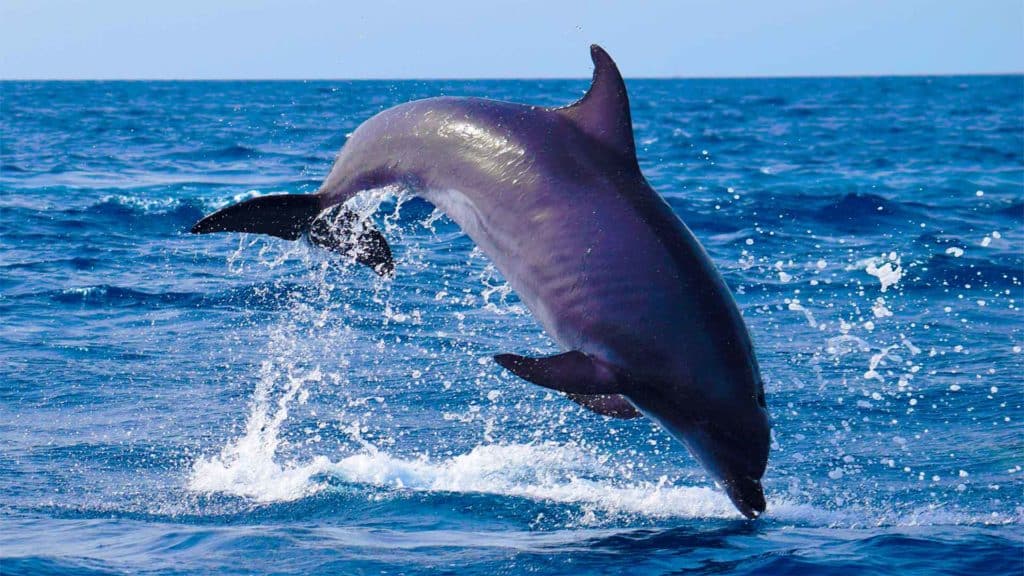
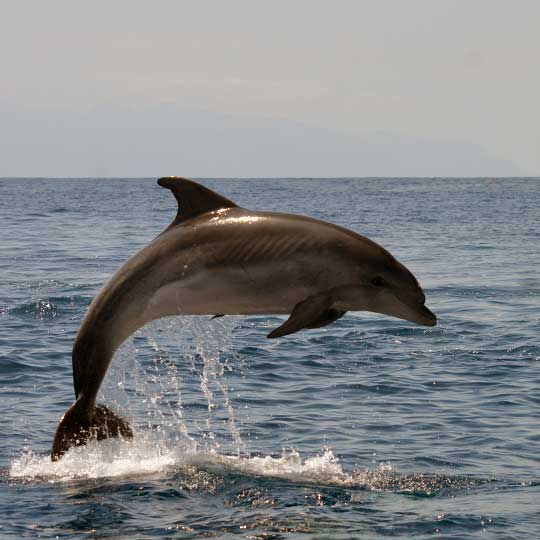
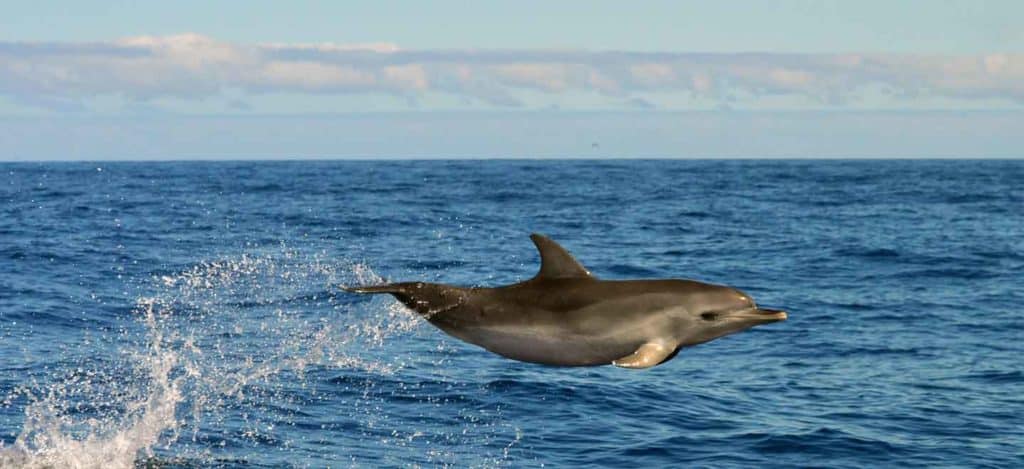
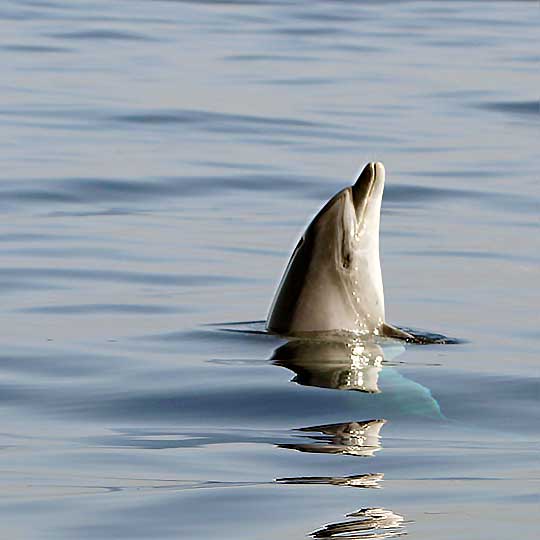

About the Author:
We are a small group of Marine Biologists, Naturalists and Photographers living in Tenerife. When we don't have whale and dolphin watching tours you will find us out on the boat, exploring all the amazing marine wildlife of Costa Adeje, Tenerife. We love what we do, we support research and conservation projects and we hope you will join us.